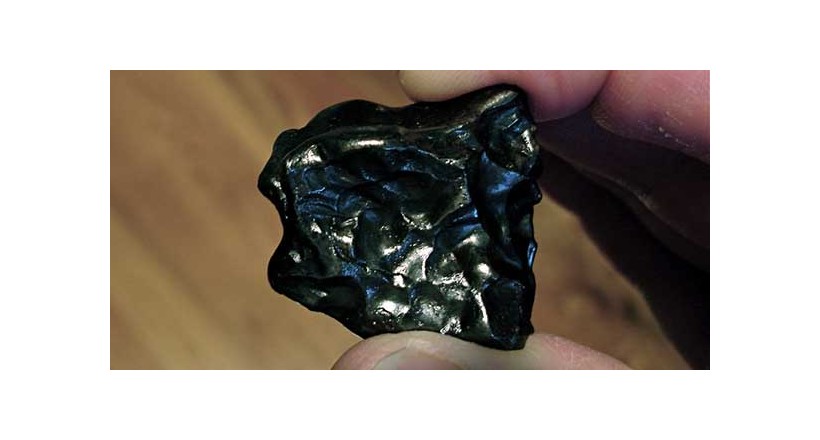Specifications of the meteorite
The experts have been able to divide the meteor, which reaches the surface of the earth to several types through the various studies and accurate, and the specification of the meteorite:
Components: Meteorites are made of iron alloys, nickel and cobalt sometimes mainly because they are resistant to heat and weather conditions, which keeps them in size and components, and also consists of minerals rich in oxygen and silicon.
Shape: The meteorite takes several shapes that may be circular or angular, and may have a somewhat rough surface. Some sharp letters or holes may exist and have a black fusion crust because of the combustion factors that have occurred.
Density: The meteorite density is rather large compared to the density of the ground stone.
Weight: It is common knowledge that the meteorite is somewhat heavy compared to the ground stone.
Ways to know the meteorite
Some people may find strange stone in its shape and color and consider it a meteor trying to sell it at great prices and then be surprised after the examination as a regular ground stone. There are a number of tests that can be done to distinguish the meteorite, including:
Magnetism: The passing of a magnet on the stone, if it happens, it may be a meteorite, because it is the characteristics of the meteorite containing iron in its basic components.
Friction: Rubbing the stone with a piece of ceramic, as in the houses. If it does not leave a trace behind it, it may be a meteorite, but some species of meteorites may leave a gray mark behind.
Cold: It is possible to cool the stone with a cold coolant and control the shape that is produced. If it is a metal shrapnel, the stone may be a meteorite.
Nickel: Dimethylglyoxime is placed, where the nickel element in the meteorite turns pink. If it happens to the stone, it may be a meteorite, but if it does not, it will be a regular stone.




